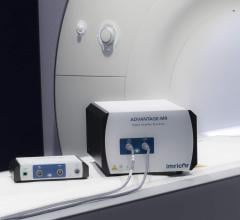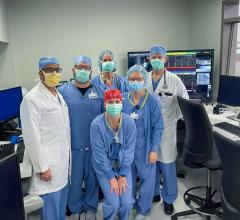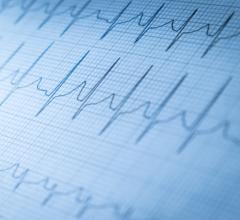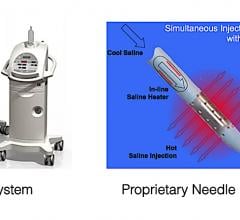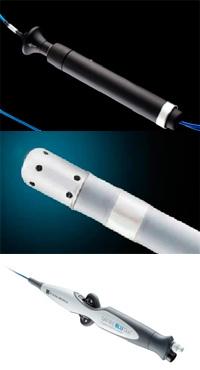
February 3, 2012 – The U.S. Food and Drug Administration (FDA) approved the premarket approval application (PMA) for the St. Jude Medical Therapy Cool Path Duo and Satire BLU Duo ablation catheters and the IBI 1500T-9 VI.6 cardiac ablation generator. The system is indicated for creating endocardial lesions during cardiac ablation procedures (mapping, stimulation and ablation) for the treatment of typical atrial flutter.
The cardiac radiofrequency (RF) ablation catheters are compatible with the irrigation pump and 1500T9-CP RF generator at a maximum of 50 watts.
The Therapy Cool Path Duo is a sterile, single use 7 French catheter that is constructed of thermoplastic elastomer material and four noble metal electrodes. This catheter has a through-lumen connected to open conduits at the 4mm tip electrode for heparinized saline irrigation during the ablation procedure. The tip curvature may be manipulated by the thumb control mechanism located on the handle at the proximal end of the catheter. The catheter manipulation is uni-directional. The catheter distal curve is indicated on the catheter label.
The Safire BLU Duo is a sterile, single use 7 French catheter that is constructed of thermoplastic elastomer material and four noble metal electrodes. This catheter has a through-lumen connected to open conduits at the 4 mm tip electrode for heparinized saline irrigation during the ablation procedure. The tip curvature may be manipulated by the thumb and forefinger control mechanism located on the handle at the proximal end of the catheter. The catheter manipulation is bi-directional. The catheter distal curve is indicated on the catheter label.
The catheters are inserted into a blood vessel, usually though a site in the upper leg or neck. The catheter is manually advanced through the blood vessels until it reaches the correct location inside the heart. The tip of the catheter is moved around by a mechanism on the handle. Inside the heart, electrodes at the tip gather data that pinpoint the location of the faulty tissue in the heart (electrical mapping). Once the site is identified, the device delivers RF energy to destroy the small areas of tissue that blocks the heart's internal electrical signals that cause the typical atrial flutter. The catheters are removed after treatment.
In a clinical study involving 188 patients, The FDA said abnormal rhythms (typical atrial flutter) were corrected in 181 patients (96 percent) for seven days after treatment; and it remained corrected after three months in 174 patients (94.5 percent).
For more information: www.fda.gov

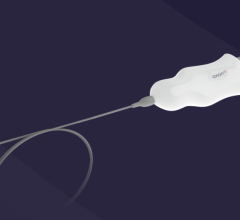
 October 10, 2023
October 10, 2023 

